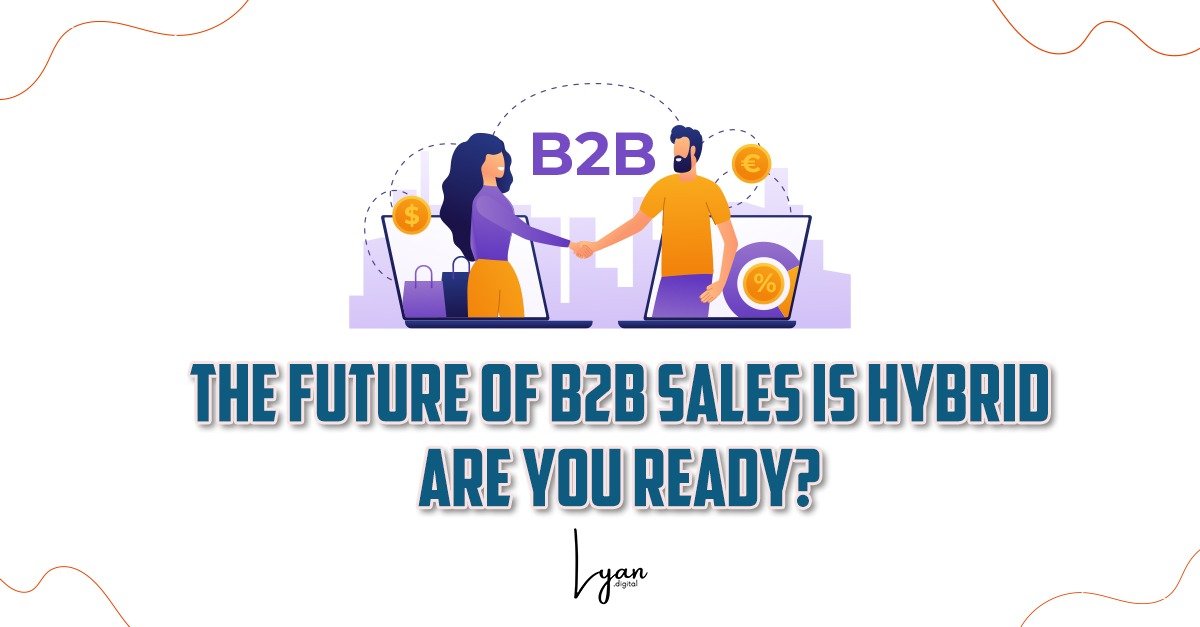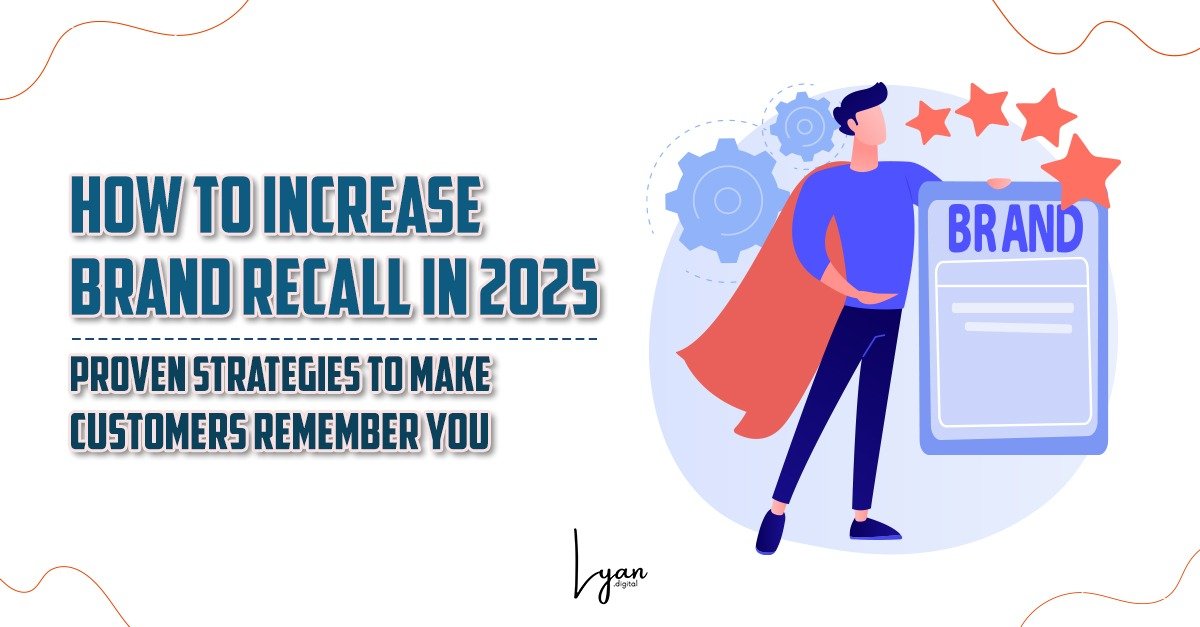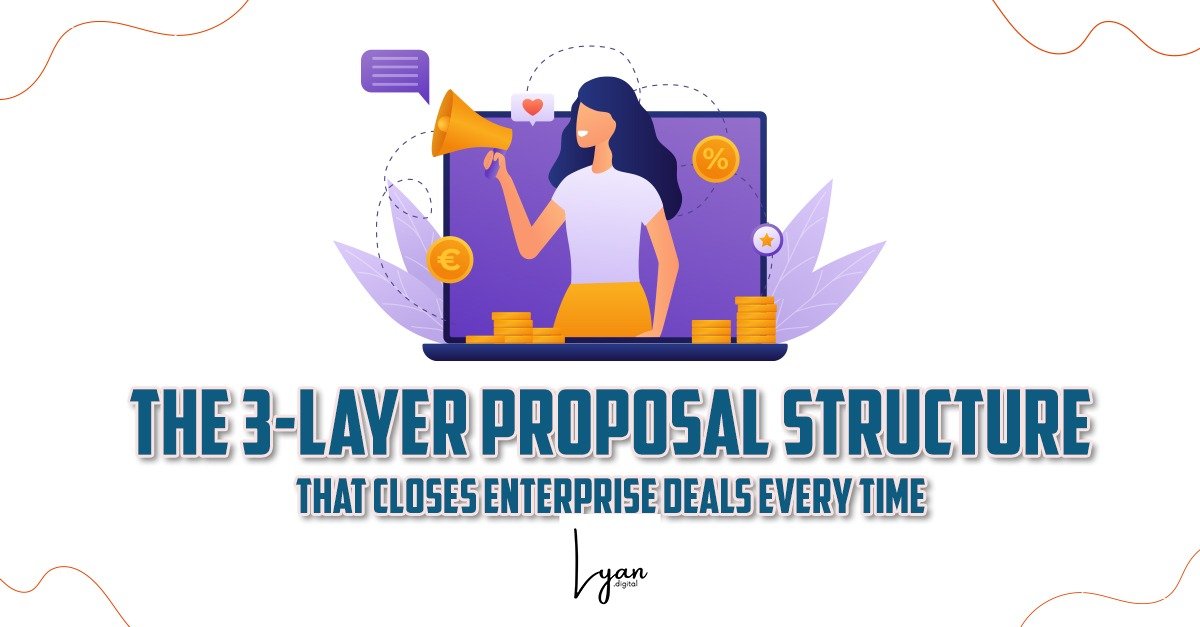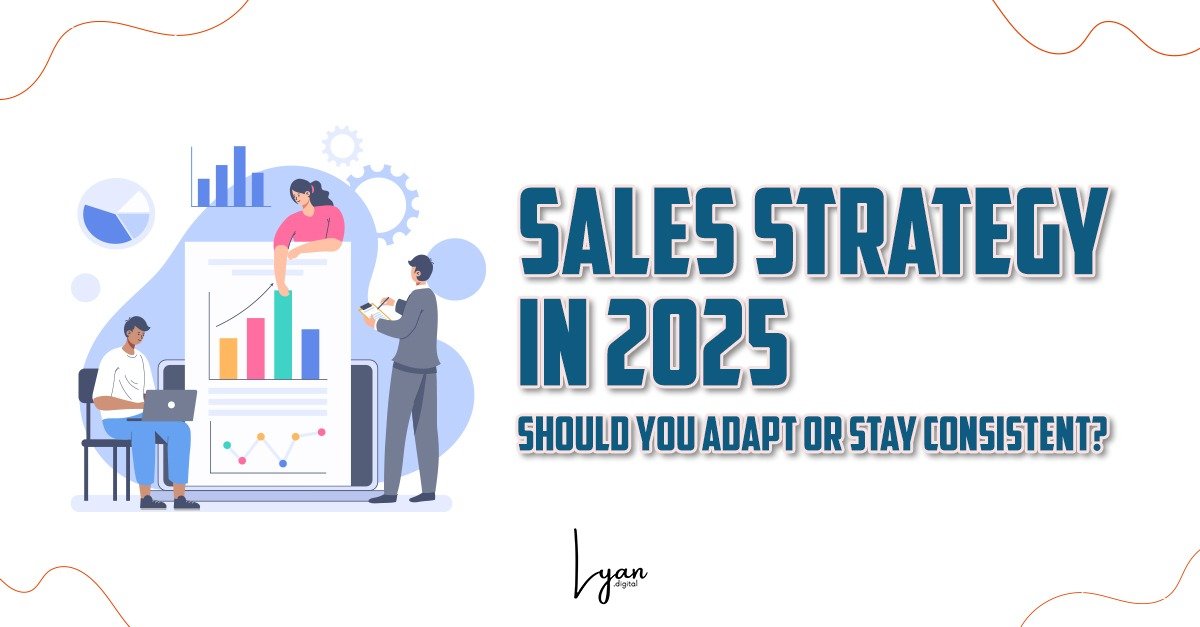B2B selling in today’s day and age is a new age — one in which rigid, flat strategies don’t work. The new buying process is a combination of digital independence and human touch. Some leads want a single, self-directed experience on your website, but others still require a human conversation. This equilibrium has established what’s now the norm model of 2025: hybrid B2B sales.
In this blog, we’ll explore why hybrid selling is more than a trend — it’s the future of B2B sales. You’ll learn how to adapt your strategy, improve buyer experiences, and see how SEO-driven digital presence plays a critical role in this new approach.

-
Merging Digital and Human Touch
Hybrid selling is really about aligning how you communicate with how the customer wants to communicate — and not necessarily how we prefer to sell. It’s a Zoom call sometimes, a downloadable document sometimes, and sometimes a LinkedIn direct message followed by a phone call. Today’s buyers feel like they should be able to readily toggle from web-based research to human interaction.
By offering self-service content and one-on-one consulting, firms welcome prospects in their own time and manner. Hybrid selling respects the buyer’s tempo, their platform of choice, and their shopping behaviours. That adaptability creates trust and hugely increases the chances of conversion.
Key Takeaway: Hybrid sales blend human and digital interactions, giving buyers flexibility to choose how they engage — and when.
-
SEO Shapes the Buyer Journey
Before a B2B buyer fills out a form or speaks to sales, they’ve already researched solutions, compared options, and read reviews. That entire early-stage journey happens online. If your brand isn’t showing up in search results during that phase, you’ve lost the lead before the first touch.
This is where SEO enters the picture. Optimized content — such as blogs, service pages, industry guides, and case studies — is your stealthy salesperson, addressing pain points 24/7. Done well, it attracts high-intent buyers and warms them up long before they arrive at “Book a Call.”
Key Takeaway: In a hybrid model, SEO is not a nicety. It’s the foundation of visibility, discovery, and early-stage buyer trust.
-
Personalization Is Non-Negotiable
Hybrid selling does not equal sporadic selling — it equals informed selling. By using CRM software, website analysis, and sales enablement technology, sales reps can view the way prospects are interacting with content. What did they read in the blog? What did they watch on video? What keyword brought them to your site?
This data provides clues to a prospect’s pain points and interests. Sales reps can then tailor outreach based on that information — referencing something specific regarding the pain points or content consumed — so the interaction becomes meaningful and more impactful.
Key Takeaway: Hybrid selling is enabled when it is tailored — and SEO analytics have a role to play in how that can be achieved.
-
Your Website Is a Sales Rep
In 2025, a B2B website isn’t just a digital brochure — it’s your front-line rep. A strong website works around the clock, presenting your value proposition, sharing proof of success, and nudging visitors toward conversion. It hosts the resources, tools, and forms that make self-service possible.
But only if your website is built with the buyer experience in mind — and search optimized. They need to load fast, respond, and contain clean, intent-based content. When a buyer arrives at your site, it should feel like they’ve stepped into a room customized just for them.
Key Takeaway: A hybrid-ready site marries SEO strategy, user experience, and conversion design to guide leads to a decision — without coercion.
-
Adaptability Is the New Advantage
The businesses thriving in 2025 are the ones who’ve embraced hybrid not as a Plan B, but as a go-to approach. Hybrid selling allows you to connect with busy buyers, time zones away, on their terms. Some will still happen in boardrooms, some via video calls, and many more will begin with a blog post, a webinar, or an optimized landing page.
Being hybrid means being ready — with the right message, the right content, and the right strategy, wherever your customer happens to be on their journey.
Key Takeaway: Hybrid selling is not about doing away with human touch — it’s about extending your reach and response in a brighter, smarter fashion.
Frequently Asked Questions (FAQs)
What is hybrid B2B selling?
It’s a combination of digital and human-driven sales strategies, where customers can engage through online data, virtual consultations, or everyday conversation — whatever is most convenient for them.
How does SEO enable hybrid selling?
SEO gets your business in front of buyers when they’re already searching for it. Optimized content, which drives leads, builds trust, and pre-conditions prospects before making contact with sales.
Can hybrid selling be accomplished with smaller teams?
Yes. With excellent SEO and automation tools, small teams can rapidly scale coverage and construct an integrated buyer experience.
Isn’t B2B sales sufficient?
No longer. Self-education and online engagement come before B2B buyers’ consent to ever accept a call. Without a hybrid approach, you’re missing out on essential opportunities.
Real-Life Scenarios
- A security company constructed an SEO-friendly knowledge base around the areas of buyer pain. Most of their inbound leads these days reference blog posts or whitepapers before booking a demo, so call one is with much better-informed prospect.
- One B2B logistics company transitioned to a hybrid strategy of video consults, automated follow-ups, and self-serve proposal tools. Their close rate was enhanced by 35% with quicker sales cycles and fewer cold leads.
- One SaaS company utilized SEO intelligence to customize their strategy. When a lead viewed a product page or downloaded a specific eBook, sales reached out with specific follow-ups. Both engagement and conversion were greatly enhanced.
Final Thoughts
The future of B2B selling is today — and it’s unequivocally hybrid. Consumers want convenience, credibility, and control over how they prefer to interact. They want to find content online, get value first before they commit, and talk to sales when they want to — not when you do.
Those businesses that succeed in this new paradigm are the ones that combine good digital visibility with clever, human selling.
Key Takeaway: Hybrid selling isn’t the demise of old-school B2B — it’s its evolution. By having the right SEO strategy and content architecture, your digital experience is your most valuable asset.




